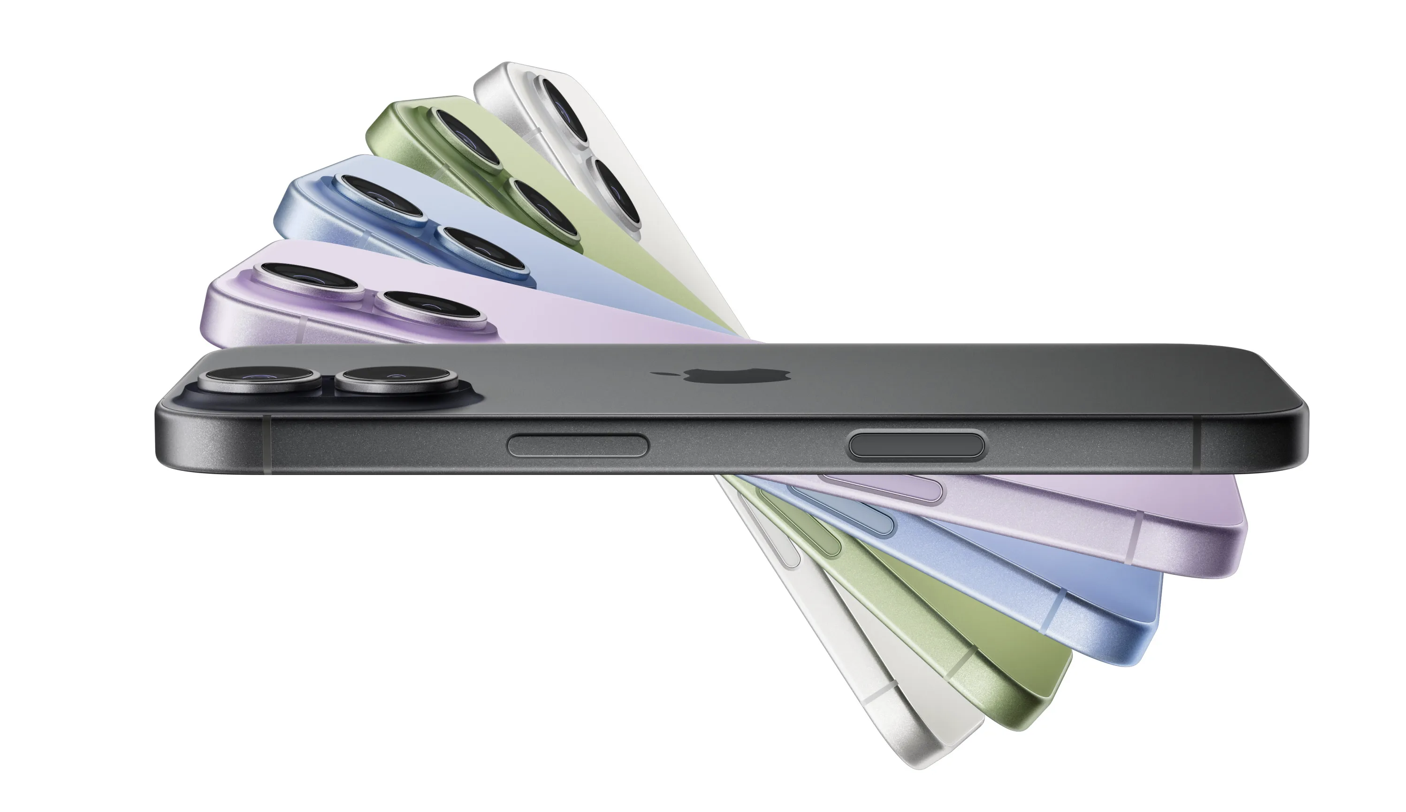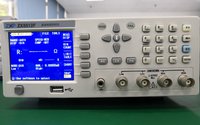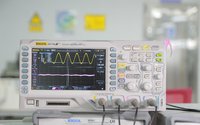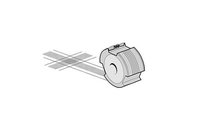IPhone 17 Air: The "Slimming" Revolution of Components Behind the 5.6mm Body
Date:2025-09-22 16:37:47 Views:2114
Recently, Apple released a new iPhone 17 series, with the most eye-catching being the iPhone 17 Air, which is only 5.6mm thick. This model, known as the "thinnest iPhone in history," not only breaks the record for smartphone slimness, but also redefines the physical limits of mobile devices through the deep integration of component miniaturization and high-energy density battery technology. Behind the design breakthrough is the rapid progress of the electronic components industry in miniaturization and high-energy density battery technology.

Image source: Pengpai News
The thinning of smartphones has always been a goal pursued by the industry, but reducing the thickness of the body often requires sacrificing battery capacity and endurance. Apple has achieved a breakthrough in all day battery life with a 5.6mm body, thanks to space compression and energy efficiency optimization for every internal component. Firstly, significant breakthroughs have been made in battery technology, with the iPhone 17 series adopting new battery materials and high energy density designs to store more electricity in the same volume. At the same time, stacked cell technology can increase cell capacity by about 20% in the same volume by arranging cells in a "stacked" manner, replacing traditional winding structures. Official data shows that the iPhone 17 Air, with its high-density battery technology, achieved "battery life beyond expectations" within a 5.6mm body, with a video playback time of up to 27 hours, an increase of 1 hour compared to the previous generation. It also supports 40W wired fast charging, which can be charged to 50% capacity in 30 minutes. These performance indicators fully demonstrate the progress of battery technology.
The breakthrough in battery technology is only a small part of the battle for the thinning of the iPhone 17 Air. Inside the body, every millimeter of space needs to be carefully calculated, which forces the entire industry chain such as motherboards, connectors, and passive components to accelerate towards miniaturization. Taking motherboard design as an example, Apple adopts a more aggressive system in package (SiP) technology, which integrates processors, storage chips, RF modules, etc. directly into a single package through 3D stacking, eliminating interlayer connectors and wiring space. The application of high-density interconnect technology increases the number of layers on the motherboard, reduces the width and spacing of the lines, and achieves the same or even stronger functionality on a smaller area. Connectors and interfaces have also achieved breakthroughs in miniaturization, although still using the USB-C standard, the interface height may be reduced to accommodate thinner bodies. The internal connector adopts a more compact design to reduce the board area. The wireless connection function has been enhanced, and the N1 network chip supporting Wi Fi 7 is standard across the range, providing faster wireless transmission speeds and reducing reliance on wired connections.
These technological advancements have a profound impact on the electronic components industry, and battery manufacturers may need to develop products with higher energy density and smaller volume. Stackable batteries and new material applications have become key directions. Passive component manufacturers are facing further miniaturization demands, with an increase in demand for components below 01005 size, and high-precision manufacturing capabilities becoming their core competitiveness. PCB manufacturers need to improve high-density interconnect technology, and the requirements for line width and spacing are becoming increasingly strict. Class carrier board technology may further become popular. Manufacturers of heat dissipation materials need to develop thinner and better thermally conductive materials, while connector manufacturers face the dual challenges of miniaturization and high frequency.
The release of the iPhone 17 series showcases the technological peak of miniaturization of electronic components, indicating that future mobile devices will leap forward in three dimensions: performance, battery life, and lightweight. With the enhancement of AI functions and the popularization of foldable screen devices, the electronic components industry will continue to move towards high integration, miniaturization, and the application of new materials, bringing more innovative possibilities to consumer electronics. These technological advancements will ultimately drive the entire electronic product industry towards thinner, more efficient, and more powerful directions.




 Weixin Service
Weixin Service

 DouYin
DouYin
 KuaiShou
KuaiShou





















